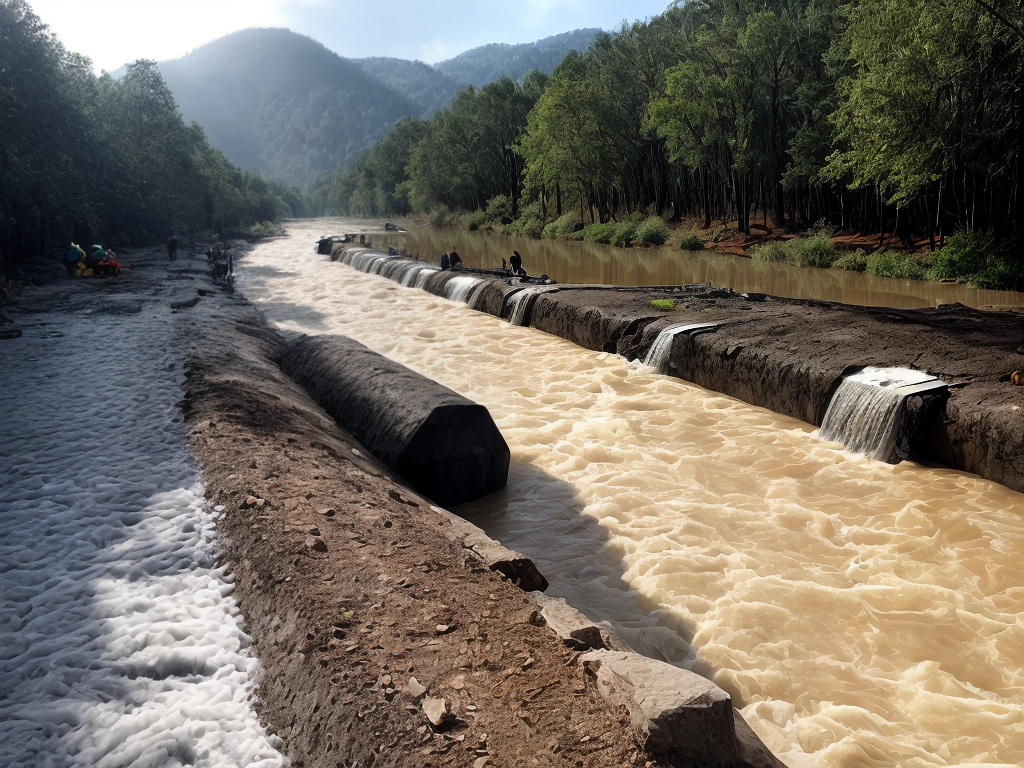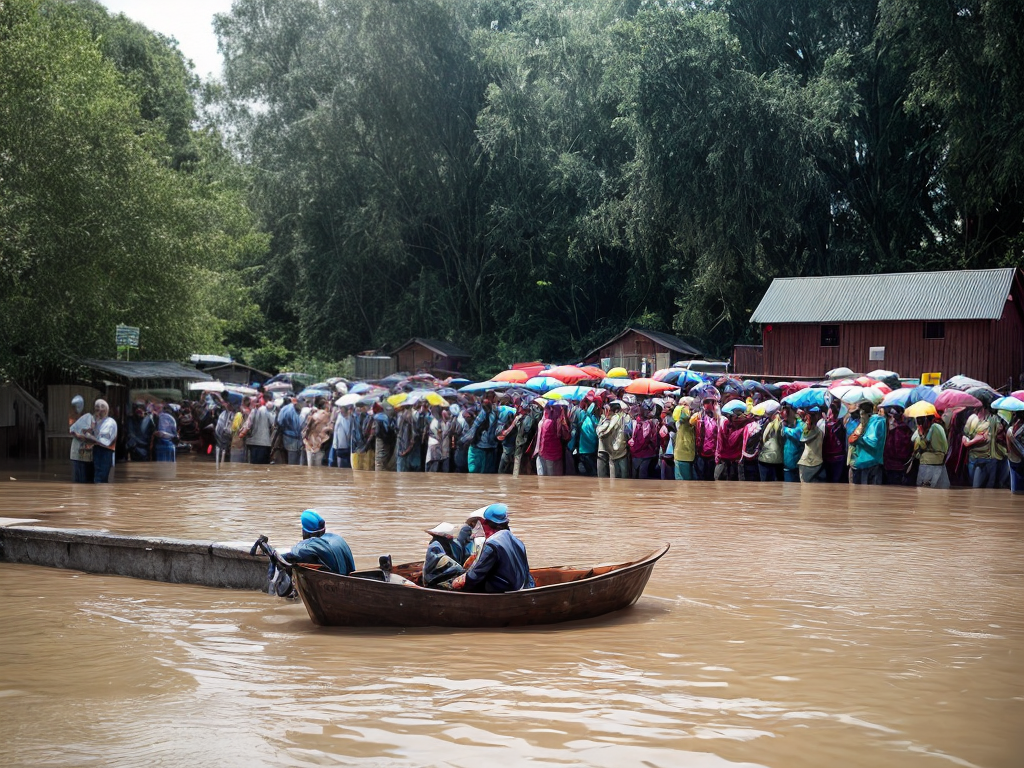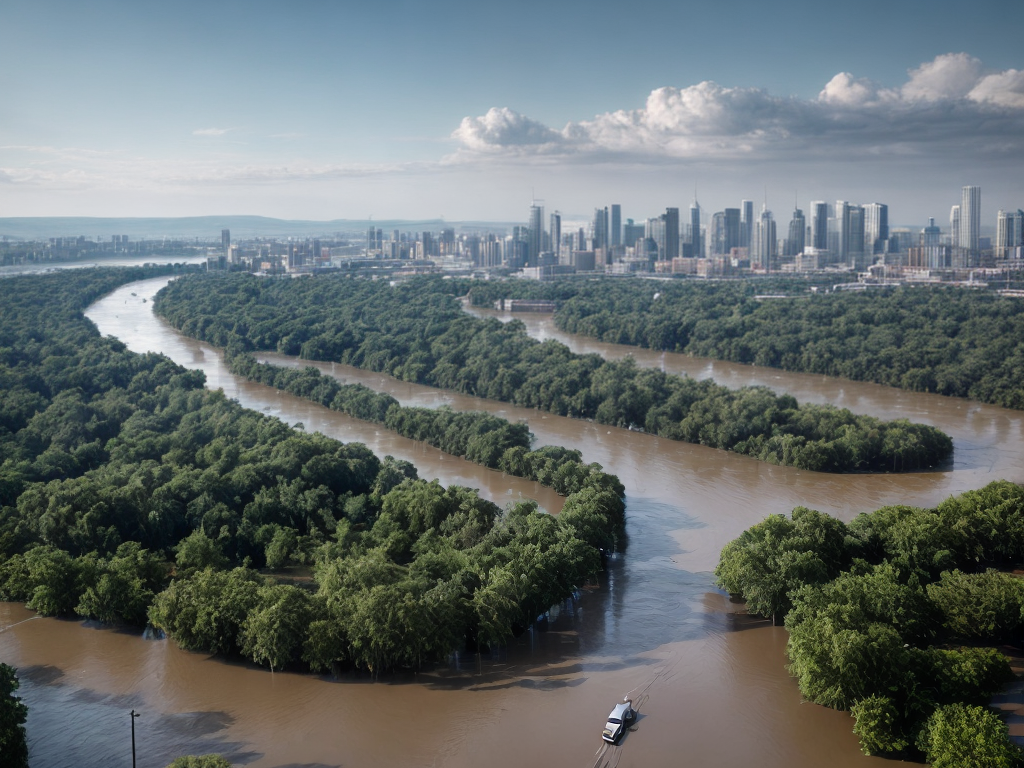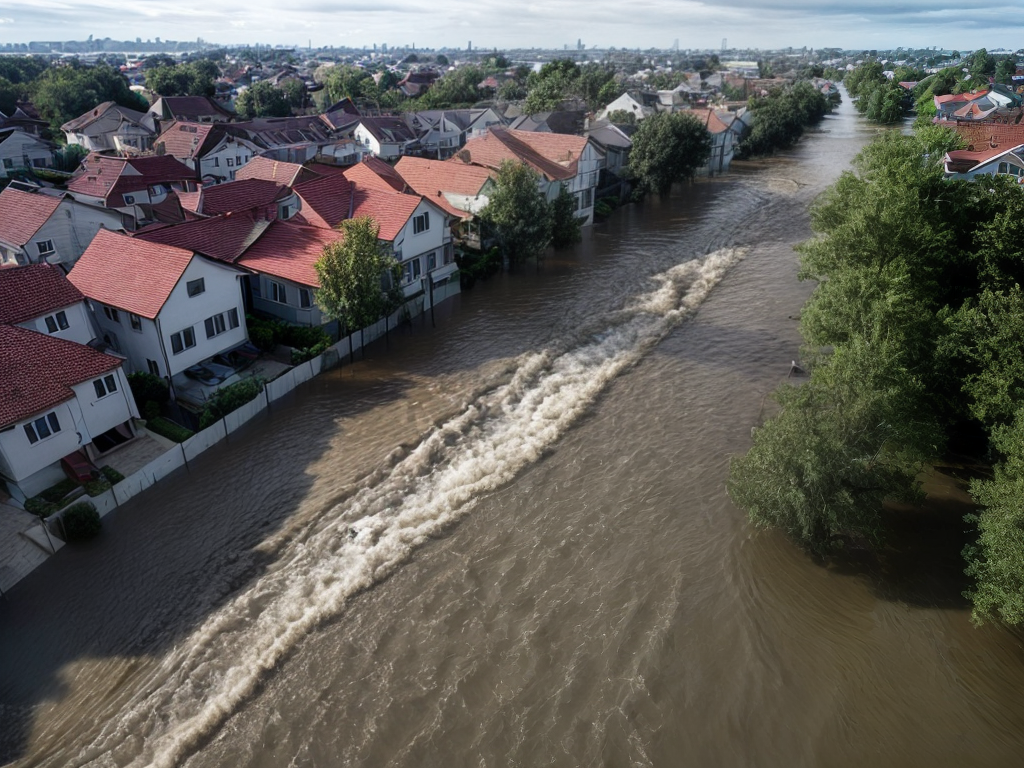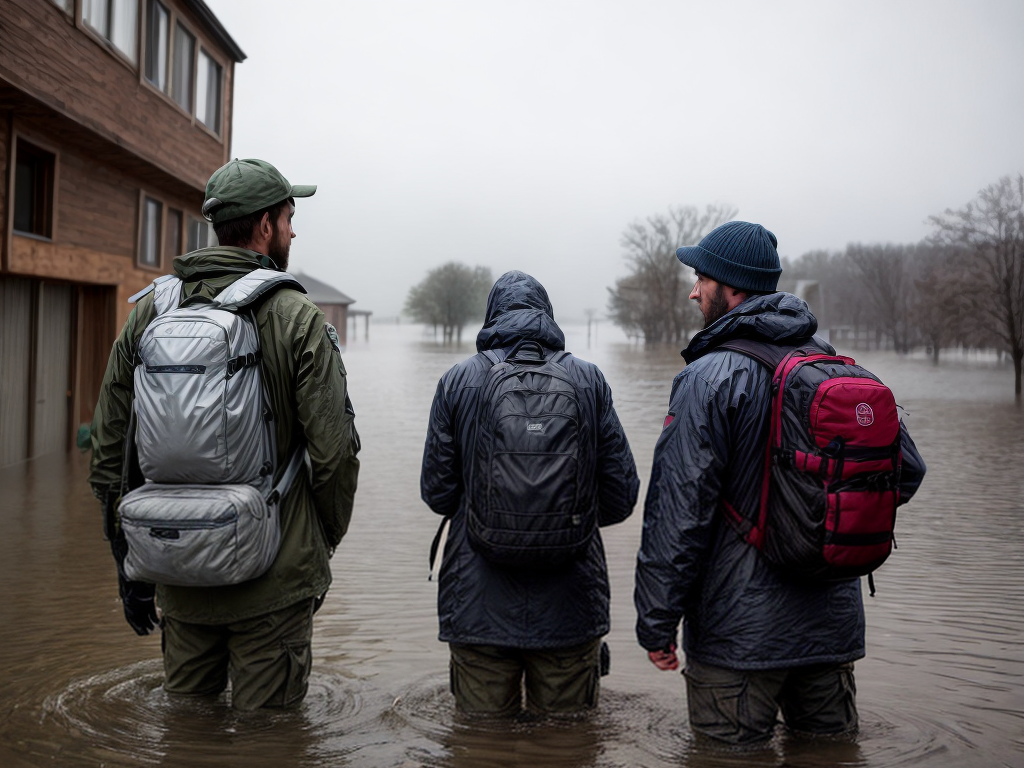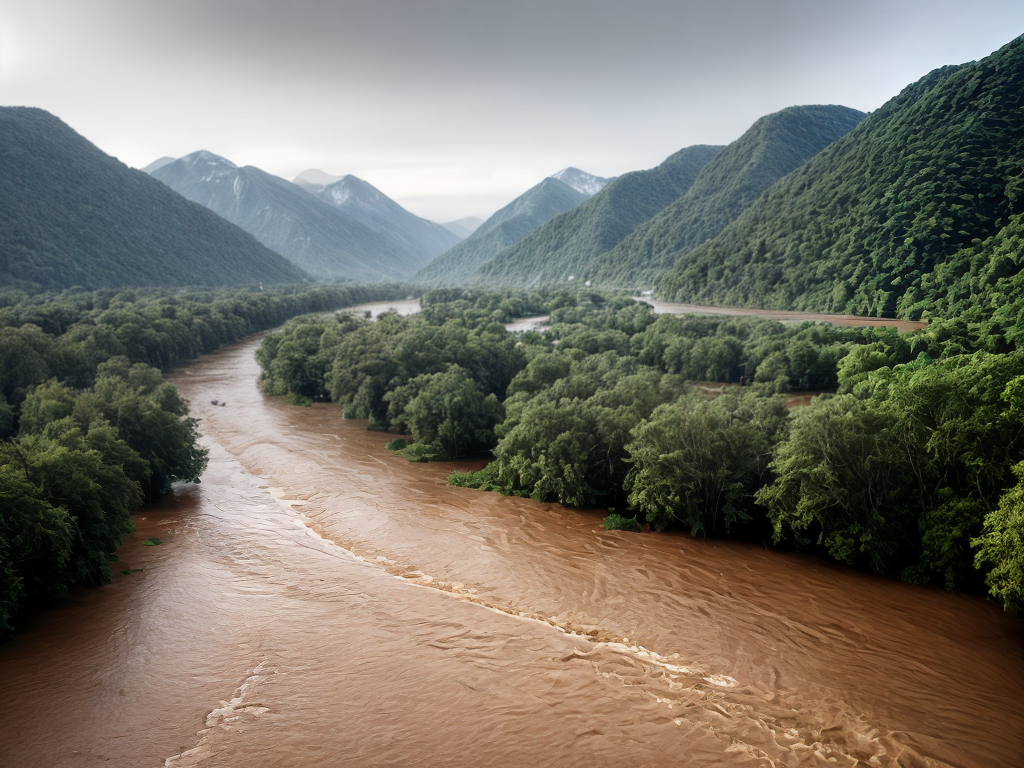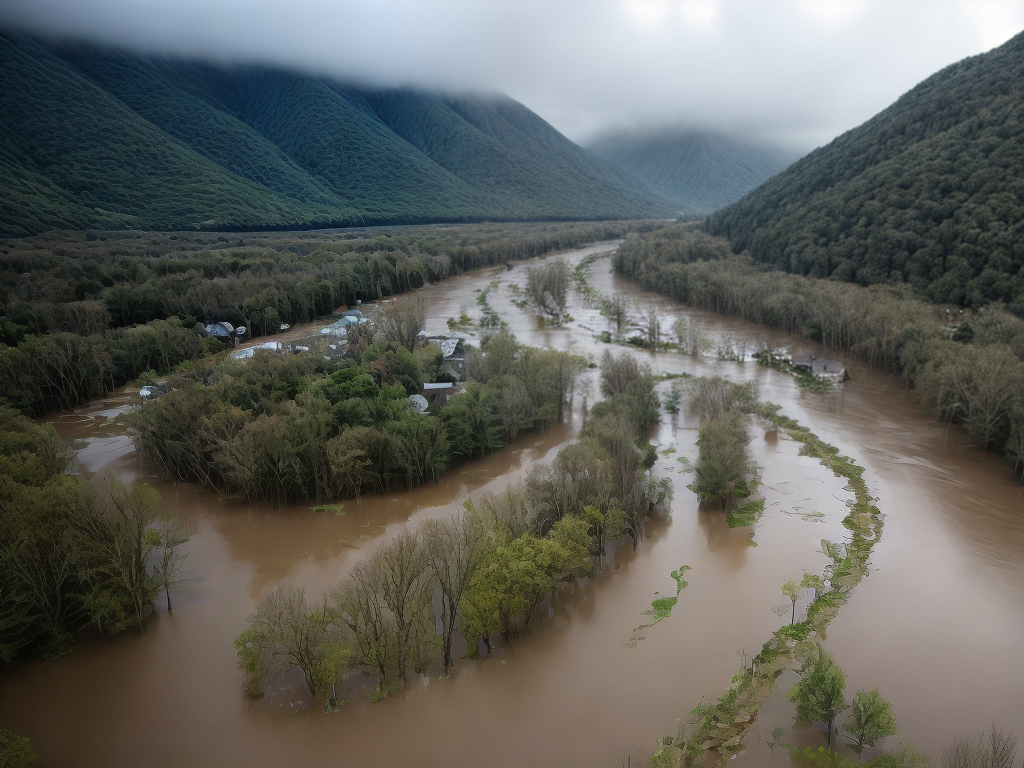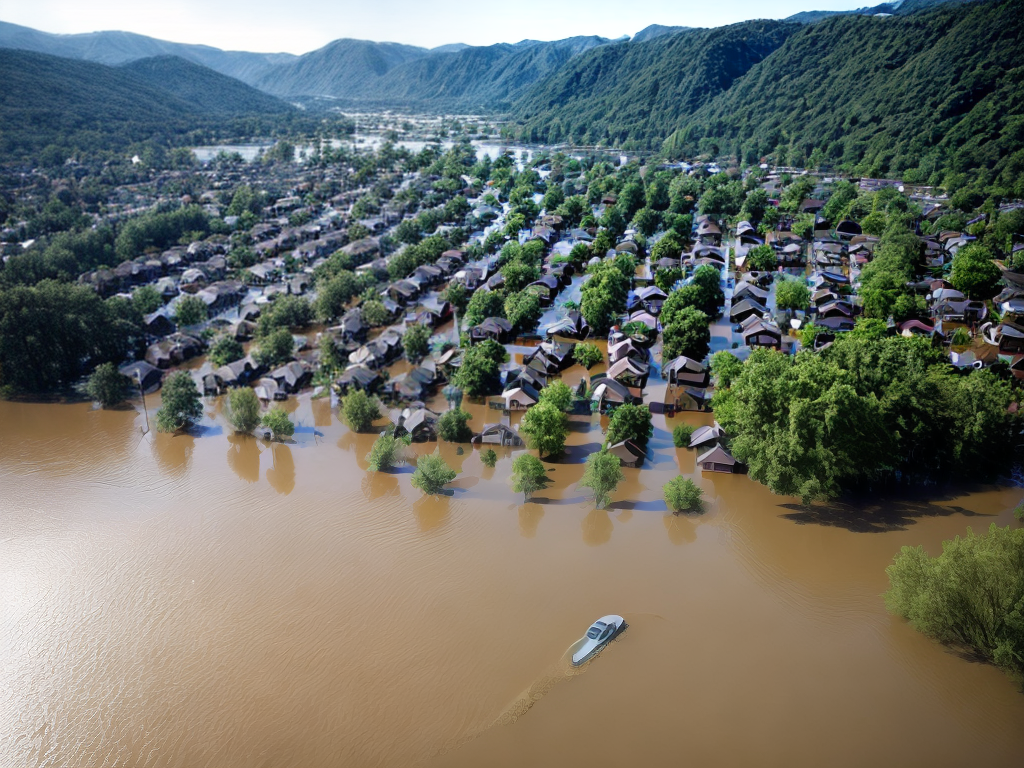
Climate change is an imminent threat that has far-reaching consequences for our planet and its ecosystems. As temperatures rise and weather patterns become increasingly erratic, the hydrological cycle, which governs the distribution and availability of water resources, is significantly affected. This, in turn, has a profound impact on the health and sustainability of ecosystems worldwide. In this article, we will delve into the hidden impact of climate change on hydrological systems and explore innovative hydrological modeling techniques that can help us better understand and mitigate these effects.
Understanding the Hydrological Cycle
Before we delve into the impact of climate change on hydrological systems, let’s first understand the basics of the hydrological cycle. The hydrological cycle, also known as the water cycle, describes the continuous movement of water on, above, and below the Earth’s surface. It involves processes such as evaporation, condensation, precipitation, and runoff, which collectively determine the availability and distribution of water resources.
Climate Change and Hydrological Systems
Climate change disrupts the delicate balance of the hydrological cycle, leading to significant alterations in precipitation patterns, melting of glaciers, and changes in the frequency and intensity of extreme weather events. These changes have dire implications for both human societies and ecosystems.
One of the most noticeable impacts of climate change on hydrological systems is the alteration of precipitation patterns. As global temperatures rise, the atmosphere becomes capable of holding more moisture, leading to increased evaporation rates. This results in more intense rainfall events, causing flash floods and soil erosion. Conversely, regions experiencing prolonged droughts suffer from reduced water availability, affecting agriculture, wildlife, and human livelihoods.
The Role of Hydrological Modeling
To effectively address these challenges, hydrological modeling plays a crucial role. Hydrological models are mathematical representations of the hydrological cycle that simulate the movement and storage of water in various components of the ecosystem. These models enable us to better understand the complex interactions between climate, land, and water resources.
Traditional hydrological models have been valuable tools in water resource management. However, they often fail to capture the intricate dynamics of hydrological systems under changing climatic conditions. To overcome these limitations, researchers and scientists have been developing innovative hydrological modeling techniques.
New Hydrological Modeling Techniques
- Integrated Hydrological Models: Integrated models combine various components of the hydrological cycle, such as surface water, groundwater, and vegetation, into a single framework. These models provide a holistic understanding of the interactions between different water sources and help in assessing the impact of climate change on water availability.
- Data-Driven Models: Data-driven models utilize large datasets and advanced computational techniques to analyze and predict hydrological processes. Machine learning algorithms, such as artificial neural networks and random forests, can identify complex patterns and relationships, enabling more accurate predictions of future hydrological conditions.
- Remote Sensing and GIS: Remote sensing technologies, such as satellite imagery and aerial surveys, provide valuable data on surface water dynamics, vegetation cover, and land use changes. Geographic Information System (GIS) tools are then used to integrate and analyze this data, aiding in the development of comprehensive hydrological models.
- Uncertainty Analysis: Hydrological models inherently involve uncertainties due to the complexity of natural systems and limitations in data availability. New techniques for uncertainty analysis, such as ensemble modeling and Bayesian approaches, allow for a more robust assessment of the range of possible outcomes, helping decision-makers plan for the future.
- Scenario-based Modeling: Scenario-based modeling involves developing multiple hypothetical scenarios of future climate conditions and simulating their impact on hydrological systems. This approach helps policymakers and water resource managers evaluate the effectiveness of different adaptation strategies and make informed decisions to safeguard ecosystems.
- Coupling with Climate Models: Coupling hydrological models with climate models enables the integration of climate projections into hydrological assessments. By considering future climate scenarios, these coupled models can provide insights into how hydrological systems will respond to changing climate conditions, enabling proactive planning and adaptation.
- Stakeholder Engagement: Effective hydrological modeling requires collaboration and engagement with stakeholders, including local communities, government agencies, and non-profit organizations. By involving stakeholders in the modeling process, their local knowledge and insights can be incorporated, leading to more accurate and context-specific modeling results.
Conclusion
The hidden impact of climate change on hydrological systems necessitates the development and adoption of new hydrological modeling techniques. These innovative approaches, such as integrated models, data-driven models, remote sensing, uncertainty analysis, scenario-based modeling, coupling with climate models, and stakeholder engagement, provide valuable insights into the complex dynamics of hydrological systems under changing climatic conditions.
By harnessing the power of these advanced modeling techniques, we can better understand the implications of climate change on water resources, inform sustainable water management practices, and preserve the health and resilience of ecosystems. As we navigate the challenges posed by climate change, it is imperative that we continue to invest in research and innovation to develop comprehensive and accurate hydrological models that will help us mitigate the hidden impacts of climate change and ensure a sustainable future for generations to come.

